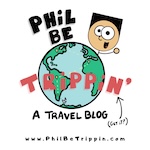Morning Start: Hotel Breakfast in Nairobi
Even though this was technically Day 3 of the trip, it was my first real morning in Nairobi—and my first proper breakfast since arriving. After two long travel days, sitting down to a warm plate of food felt like a small luxury.
I grabbed a plate with scrambled eggs, a side of mixed vegetables, and some beans in tomato sauce that were surprisingly good. The home fries were different from what I’m used to in the States—they had a soft, yellowish texture and were mixed with onions for a savory twist. Definitely not the crispy kind you’d expect back home, but I wasn’t mad at it.
To round things out, I added a muffin, a cinnamon Danish, a banana, and a slice of fresh pineapple that looked like it had just been cut open that morning. One thing I noticed right away: the sweet breads here aren’t as sweet as they are in the U.S. The Danish, for example, had just enough sweetness to give it flavor without feeling like dessert.
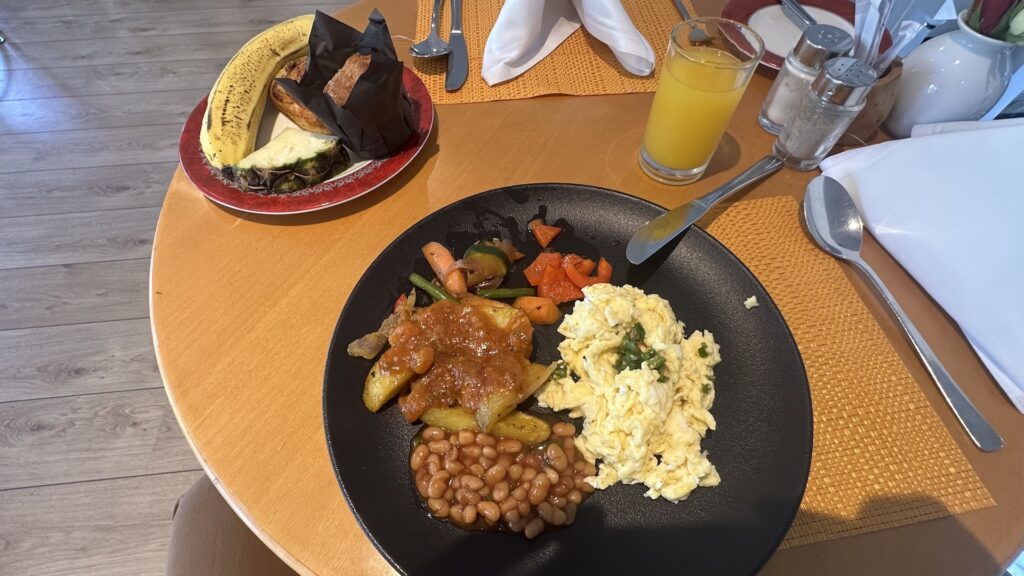
Morning Visit: The Giraffe Centre
After breakfast, we made our way to the Giraffe Centre, which meant braving Nairobi traffic—and let me tell you, it was just as jammed and unpredictable as what I’m used to seeing in Los Angeles.
Cars weaving in and out, everyone trying to make their own lane, and plenty of slowdowns. But while we were crawling along, I got to soak in the scenery along the roadside, which was filled with vendors selling everything from handmade furniture to wooden statues, fresh produce, and other goods. It was like a mile-long open-air market right on the shoulder of the road—creative, resourceful, and full of character.
Eventually, we arrived at the Giraffe Centre, and the experience was surreal in the best way.
I got to feed giraffes up close, standing on a raised wooden platform that brings you more or less face-to-face with them. They’re way taller than you realize until you’re eye-level with them. Lanky legs, huge eyes, and these long black tongues that reach out like tentacles to grab the little food pellets out of your hand. Their tongues are kind of gross if I’m being honest—but it was still a wild, one-of-a-kind interaction.
What stood out the most was how calm and gentle they were. They weren’t aggressive or nervous—just casually walking up, taking food, and slowly chewing it like it was no big deal. There’s something oddly peaceful about being around creatures that size that still move so softly.
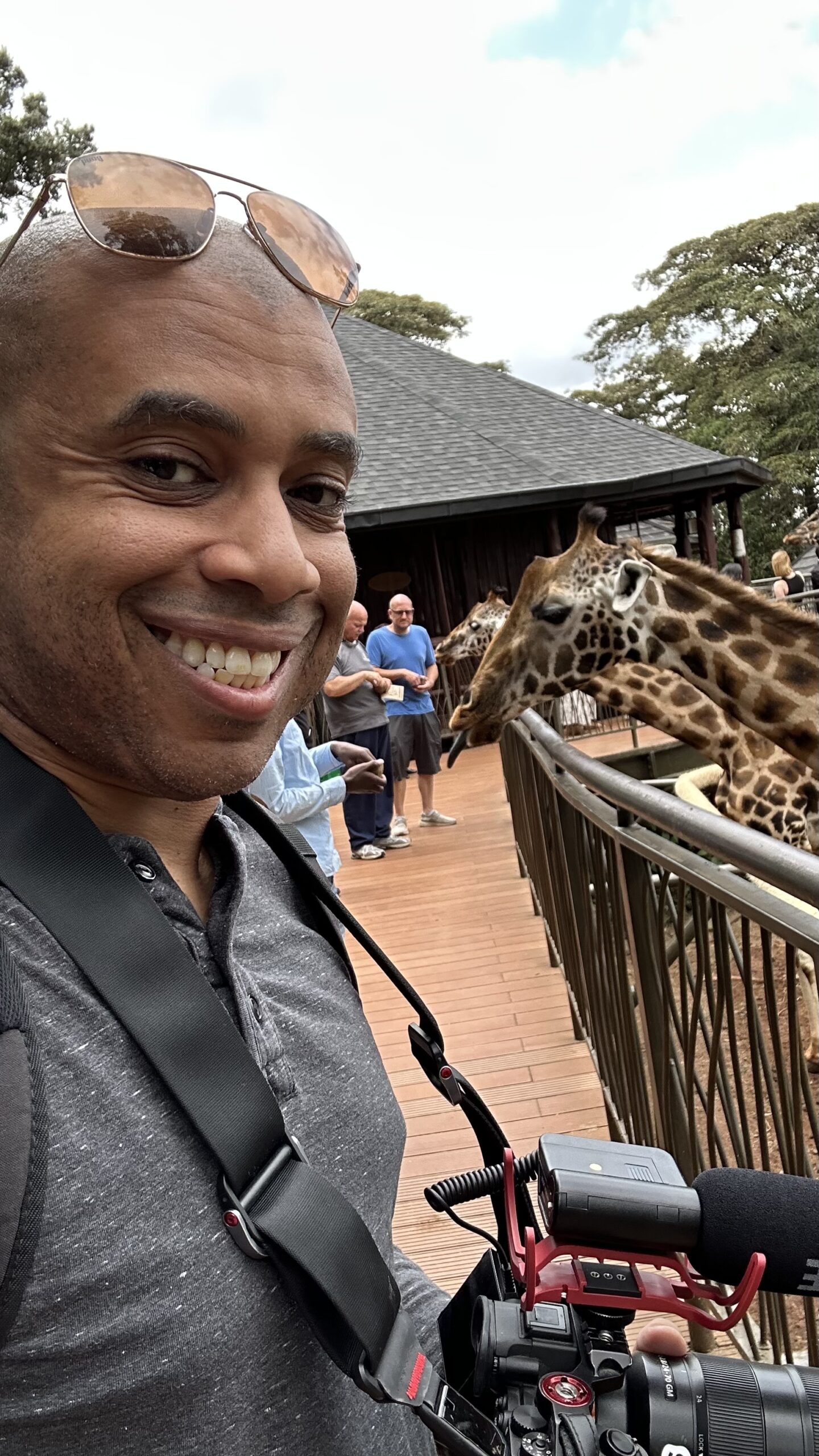
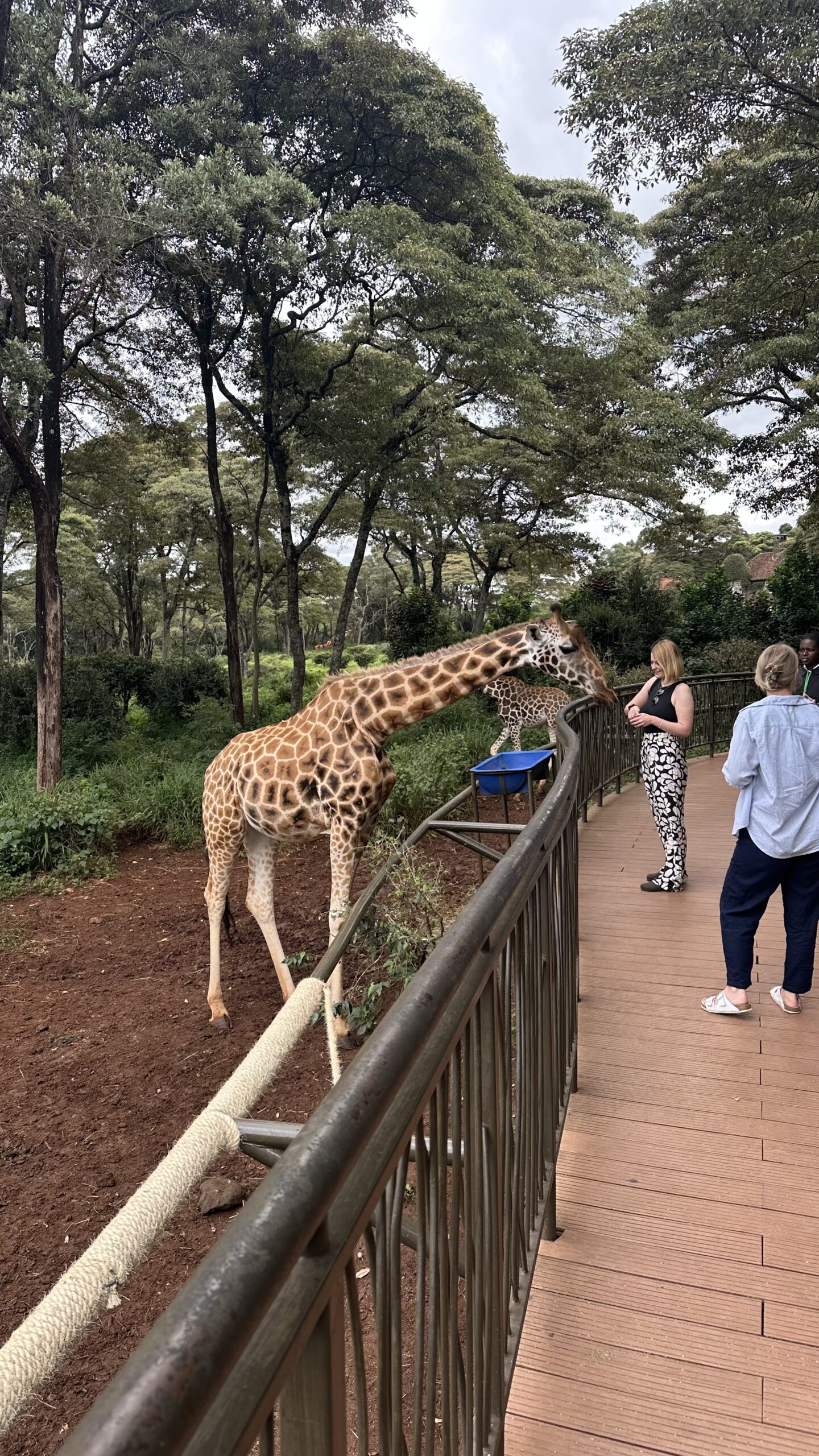
For a bit of context: the Giraffe Centre was established to help conserve the endangered Rothschild giraffe, which is native to Kenya and Uganda. The center focuses on breeding, conservation, and education. In addition to allowing people to interact with the giraffes, they also do a lot of outreach work with local schools to teach kids about wildlife conservation. In fact, we definitely saw field trips of children arriving at the centre as we were leaving.
A Drive Through the City of Karen
After our stop at the Giraffe Centre, we drove through one of Nairobi’s most well-known suburbs: Karen.
The area is widely believed to be named after Karen Blixen, the Danish author of Out of Africa, whose memoir romanticized her years living on a coffee farm in Kenya during the early 1900s. While there’s no official government record confirming the naming, it’s a piece of local lore that’s been accepted for decades.
We actually drove up to the Karen Blixen Museum—which is housed in her former farmhouse—but didn’t go inside. We just wanted to take a quick look at the property and see the place that inspired both her writing and the movie adaptation starring Meryl Streep. Even from the outside, the house and grounds had that kind of timeless, old-world charm you’d expect from a preserved colonial-era estate.
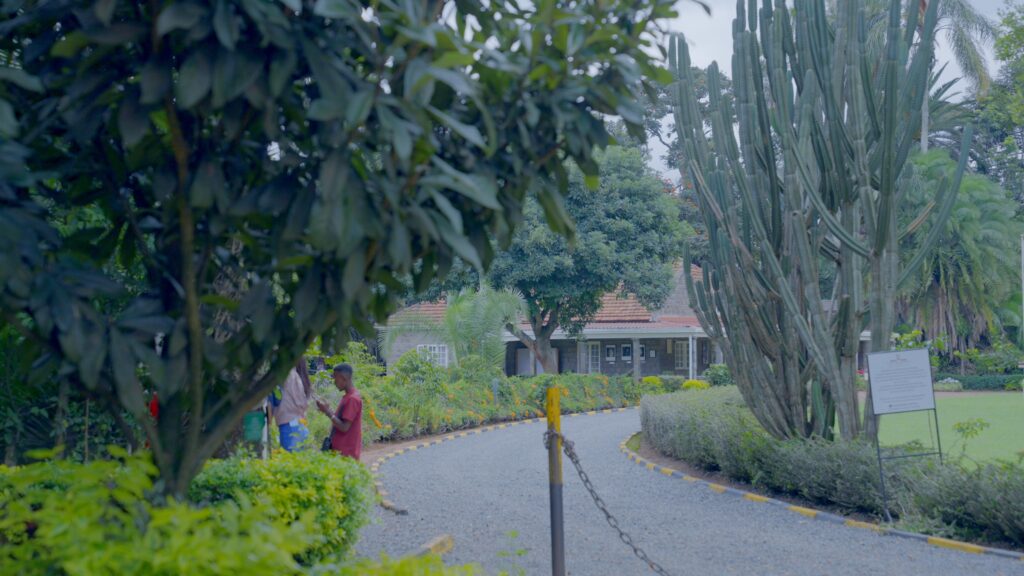
The surrounding area felt like a blend of old colonial charm and modern affluence. Karen is known as one of Nairobi’s wealthier neighborhoods, and you could see that in the wide roads, large homes tucked behind gates, and the sense of space and greenery that set it apart from the busier parts of the city.
It’s also a place where high-end shopping, nature reserves, and cultural landmarks all kind of coexist—you can be at a giraffe sanctuary in the morning and grabbing sushi at a trendy mall 20 minutes later.
Lunchtime: Sushi Ramen Bar at The Hub Karen
Our next stop was The Hub Karen, a sleek, open-air shopping mall that feels like it could be dropped right into any upscale neighborhood in the U.S.—except with way more security.
Before even entering the premises, we had to go through a security checkpoint where guards checked bags and scanned the vehicle. At first, it felt intense, but there’s a reason for it.
Years ago, Kenya experienced several high-profile terror attacks, most notably the 2013 Westgate Mall attack, where gunmen stormed a Nairobi shopping center, resulting in dozens of deaths and widespread fear. Since then, tightened security has become the norm, especially at malls and tourist-heavy areas. So while the extra precautions might seem heavy-handed at first, they’re rooted in real-world events—and honestly, they made the place feel safer.
Once inside, The Hub had a clean, modern layout with a mix of international and local stores, open courtyards, and places to sit and relax. It didn’t feel overly commercial or cramped, which made it the perfect spot to grab lunch and cool off.
We ended up eating at Sushi Ramen Bar, and to be honest, I wasn’t expecting much from a Japanese restaurant in Nairobi. But it turned out to be one of the better meals I’ve had in a while.
I ordered the Yakitori, which came as grilled chicken skewers paired with green onions, and a side of Chashu fried rice that was full of flavor and super filling. The rice had that perfect balance of smoky and savory, and the skewers were grilled just right—juicy, slightly charred, and delicious.
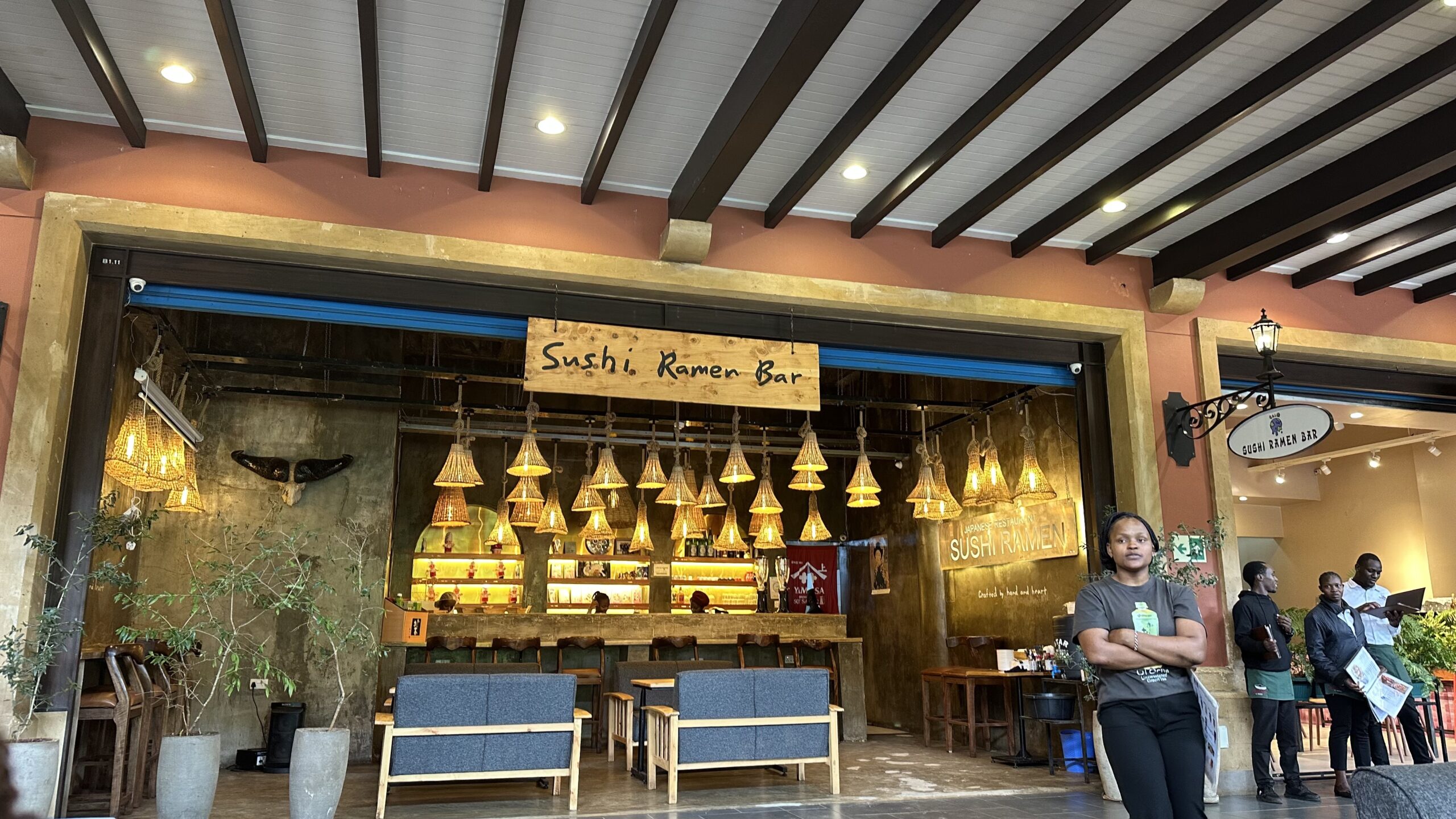
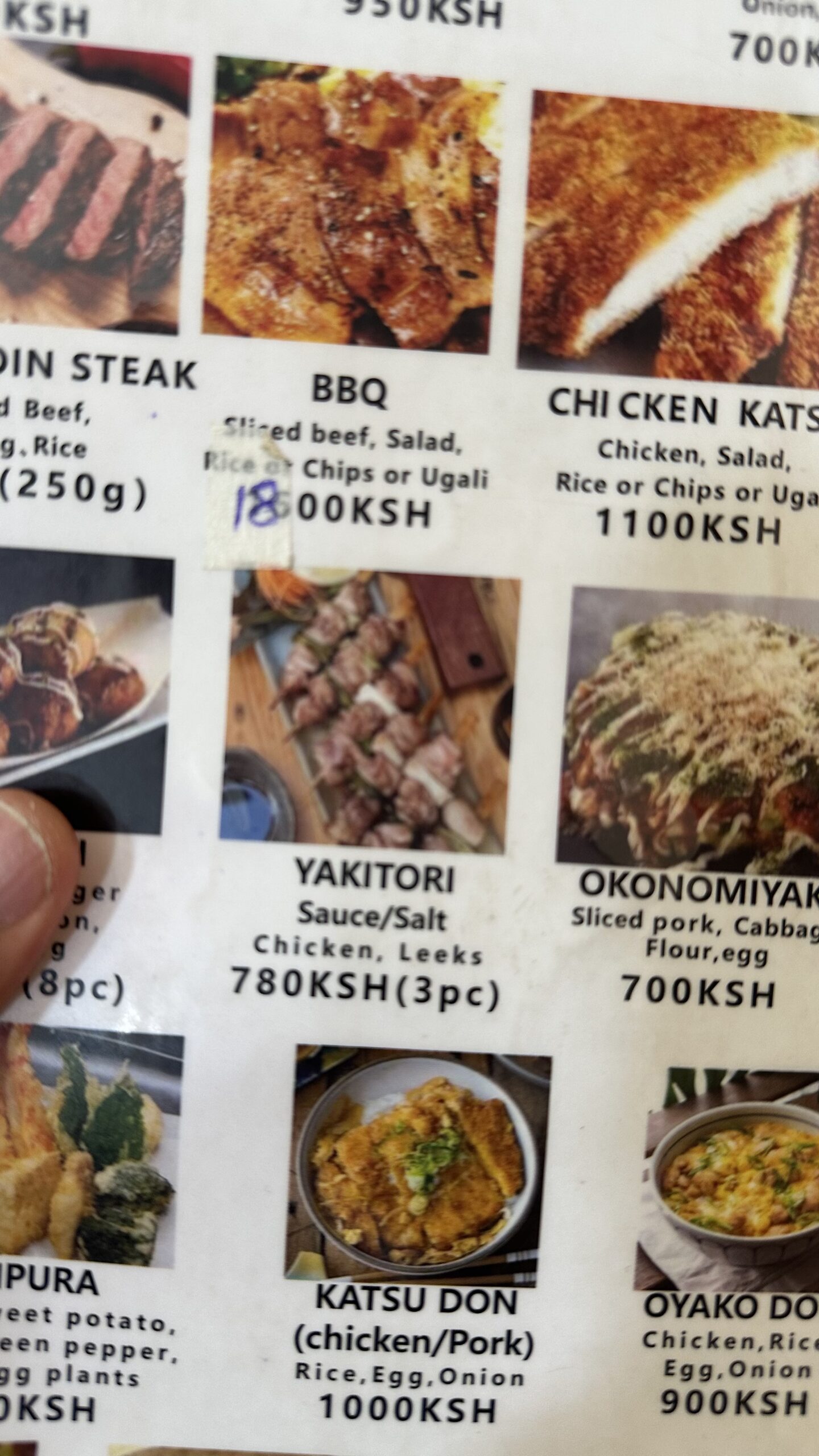
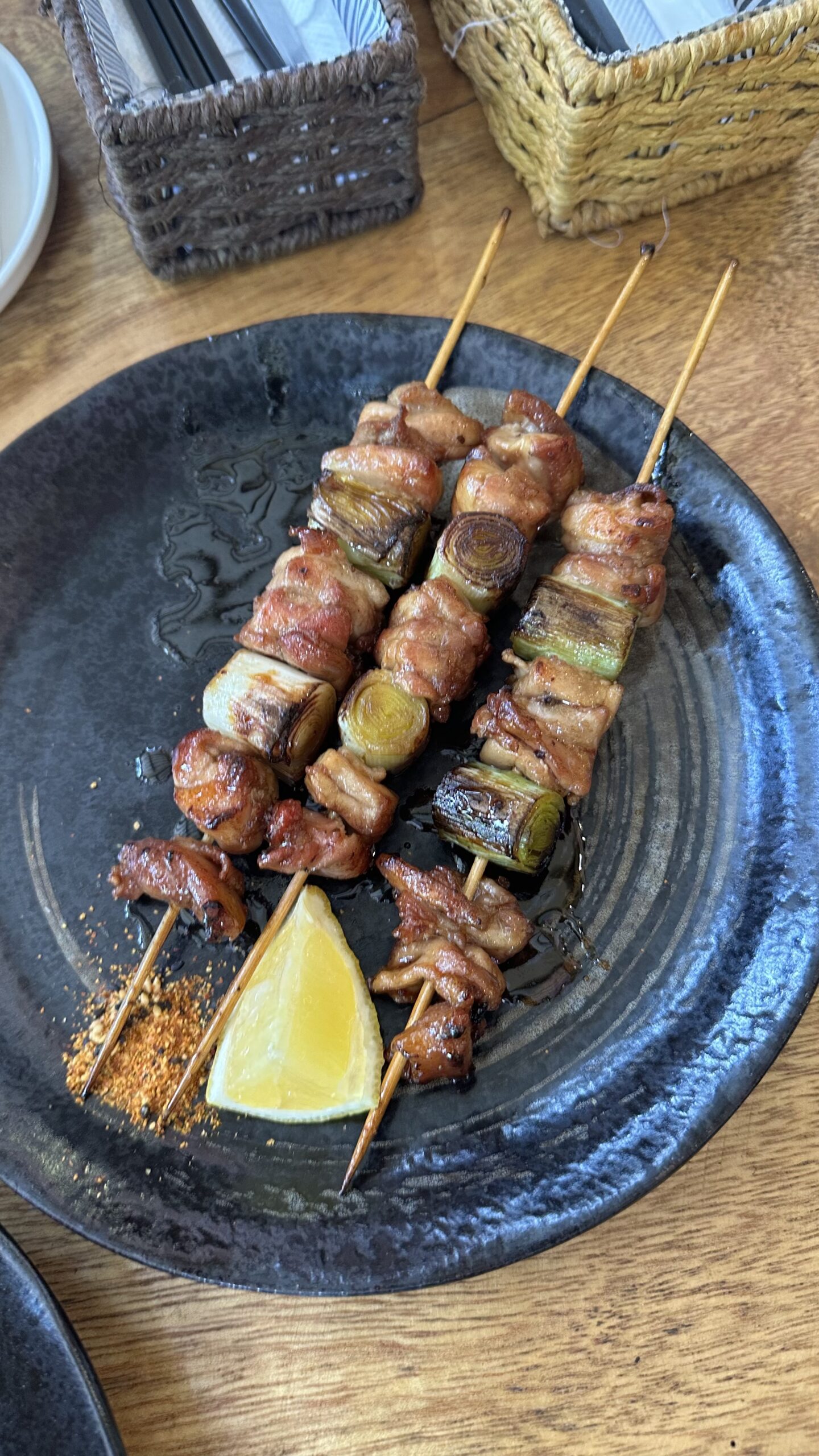

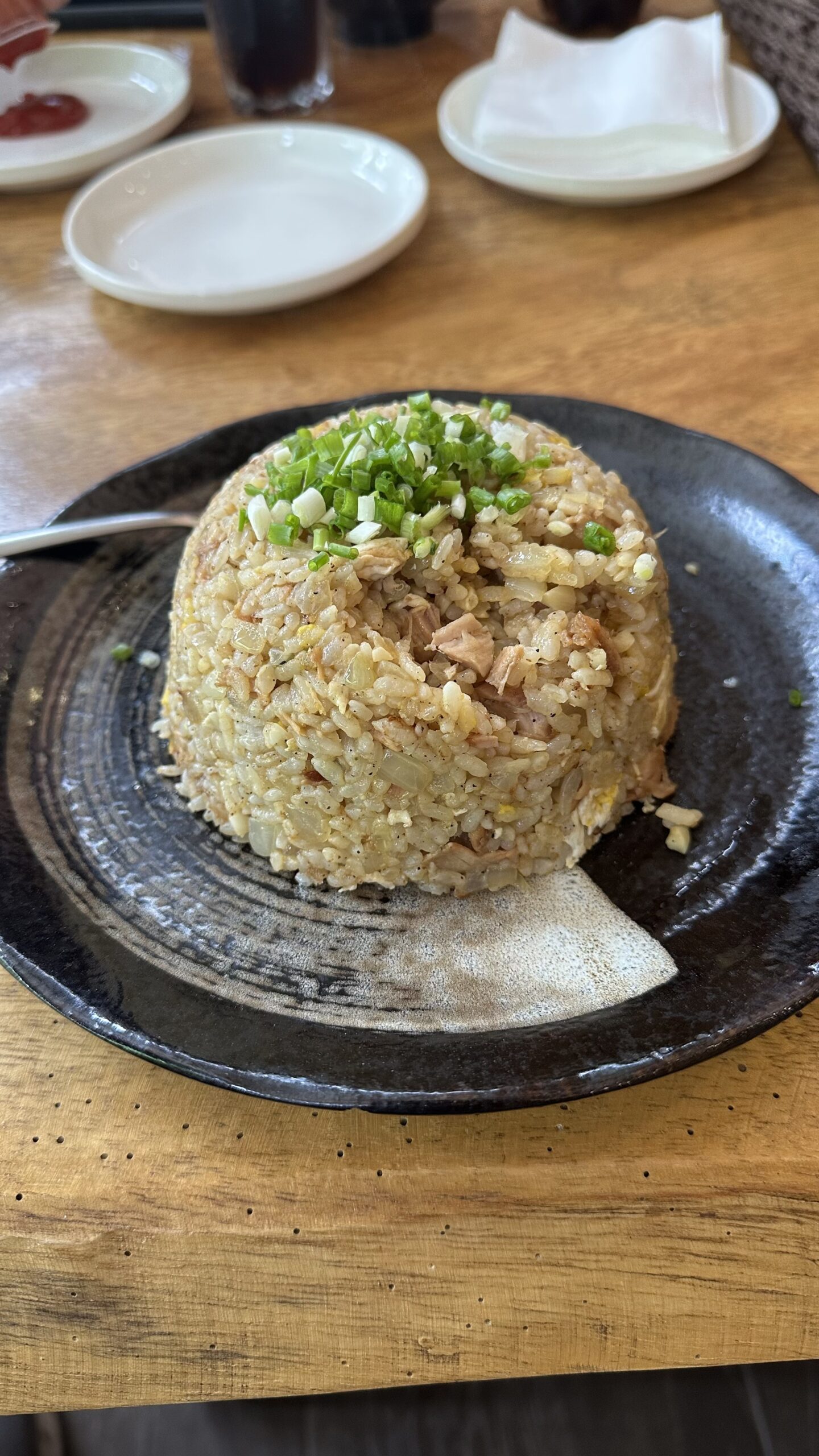
Even better? The entire meal cost me around $14.72 USD, which back home would’ve easily run me $25–$30 for the same portion and quality. So not only was it tasty, it was budget-friendly too.
The restaurant had a casual, modern vibe. It wasn’t overly fancy, but it felt clean, well-run, and welcoming. The servers were friendly, and everything came out fairly quickly.
Afternoon Stop: Nairobi Safari Walk
Originally, we were set to visit the Bomas of Kenya, a cultural village that highlights the traditional lifestyles and architecture of Kenya’s many tribes. But when we arrived, we were told it was still closed for renovations. The only activity out front? A small group of warthogs casually hanging out near the entrance sign, like they were on security duty.
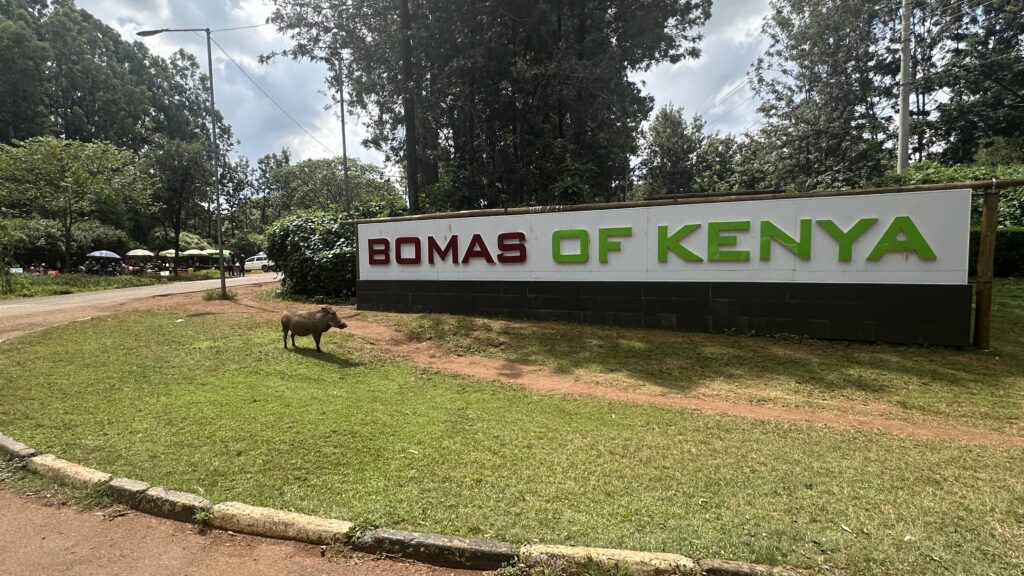
Luckily, our tour guide didn’t miss a beat and quickly rerouted us to the Nairobi Safari Walk—just a short drive away, and honestly, one of the best surprise pivots of the trip.
The Safari Walk is part elevated boardwalk, part miniature wildlife sanctuary. It’s designed to give visitors a taste of Kenya’s native wildlife without having to drive deep into the bush. From the raised wooden walkways, we got clear views of several animals in open, naturalistic enclosures, all while walking through forested pathways that made it feel like a real nature walk.
We ended up seeing a pretty impressive lineup:
-
A cheetah lounging on the ground, and another one chilling in a tree like it owned the place
-
A sleeping lion that kept pawing at the air like it was fighting off something in a dream
-
A massive white rhino with a horn that looked like it could split a log
-
A few playful monkeys darting between trees
-
A hyena that heard us coming and instantly bolted, like it was camera-shy
-
A friendly zebra that literally walked up to the fence and posed for pictures
-
A couple of ostriches strutting around with attitude
-
A group of warthogs, once again just out here vibing
-
And a sleek, tan-and-white antelope called an oryx (pronounced “or-aks”)
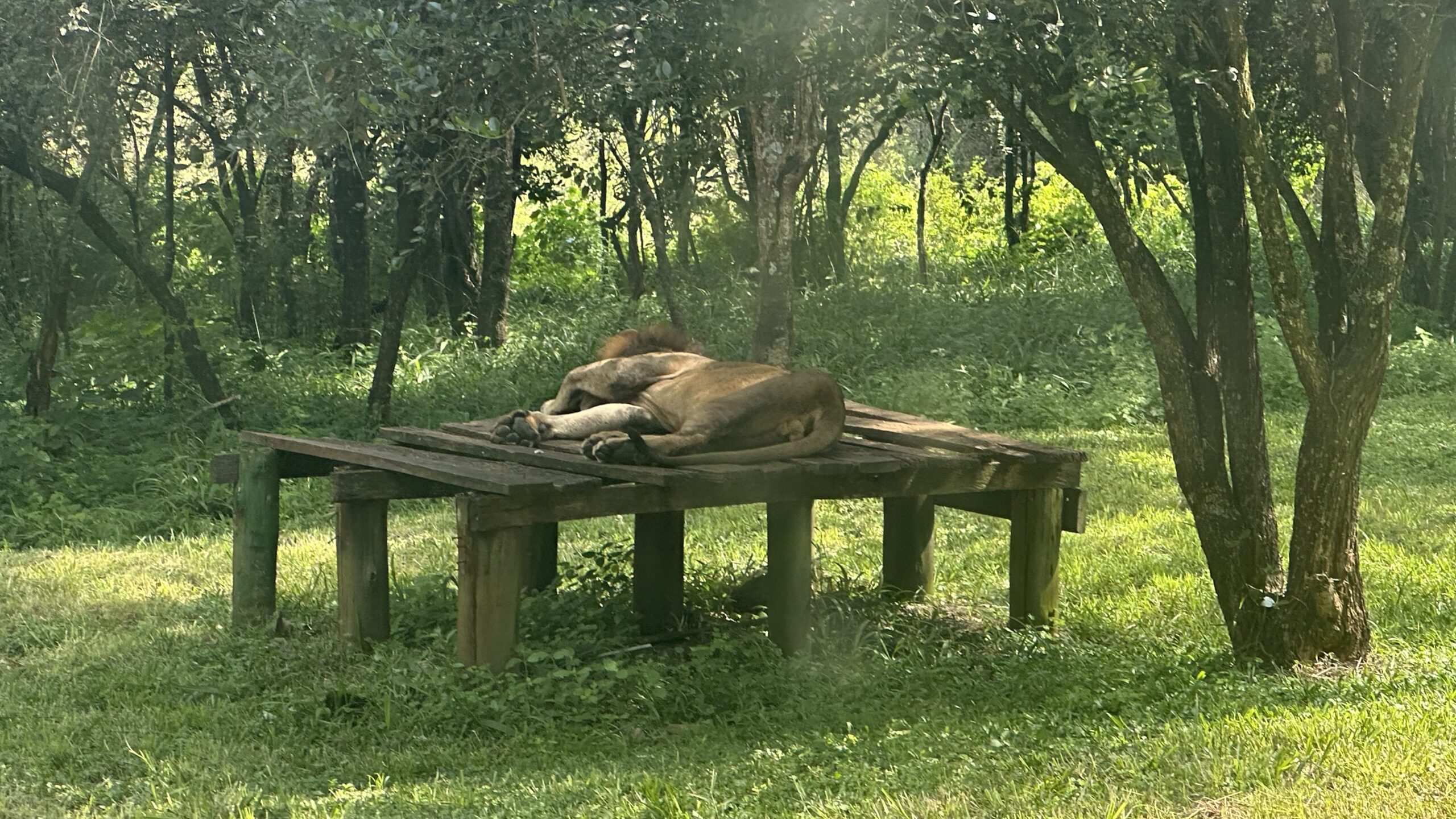
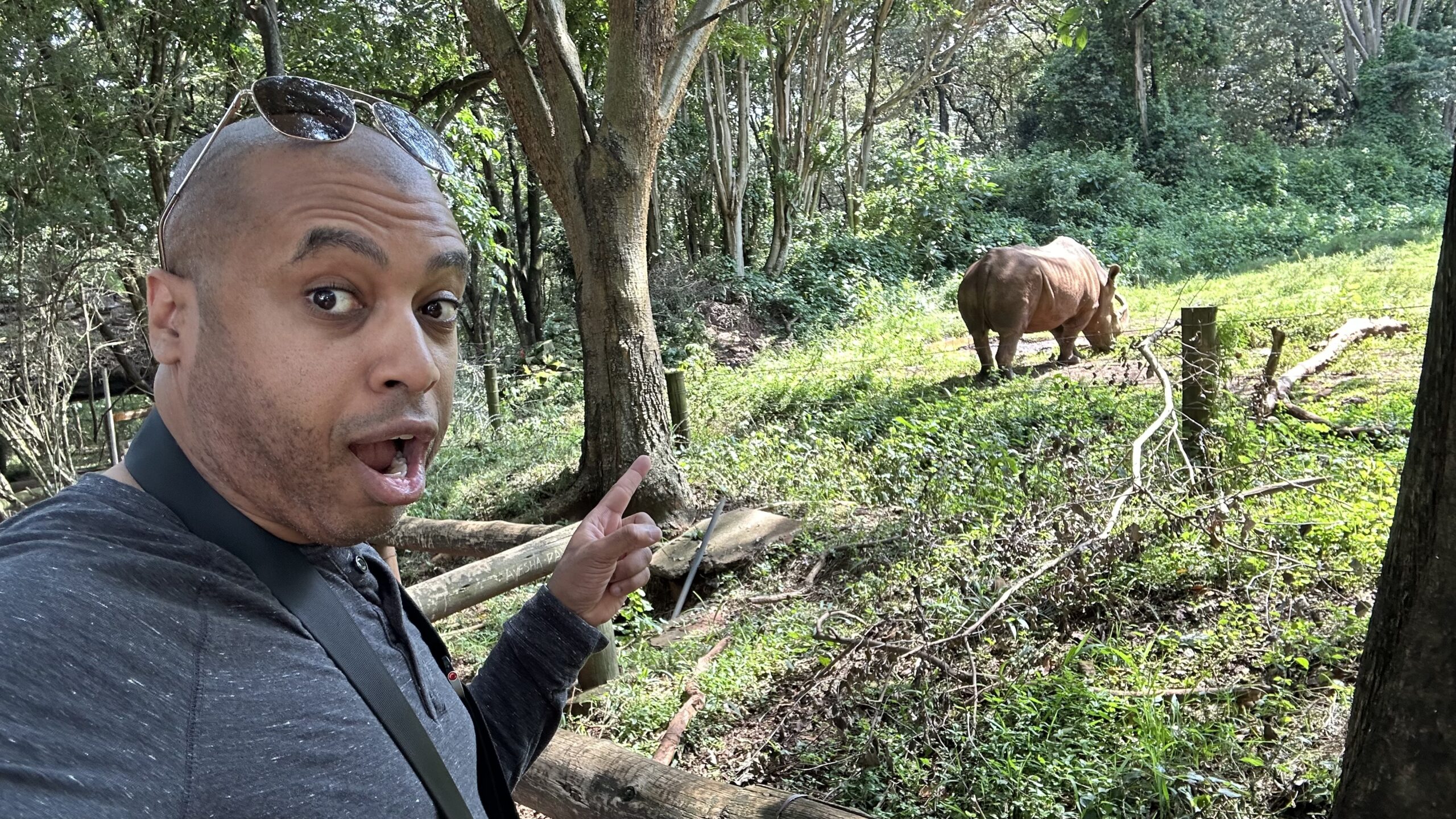

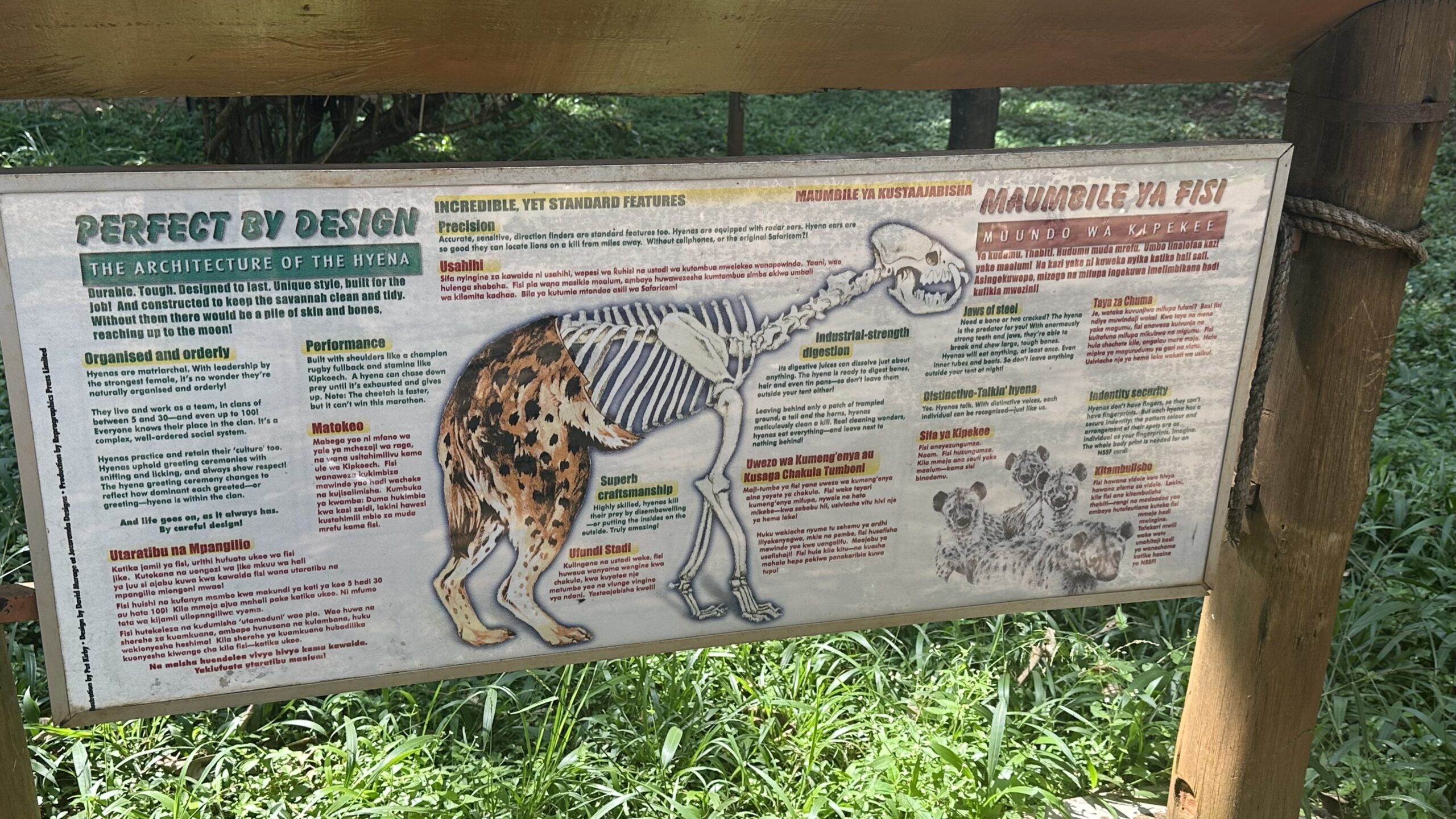
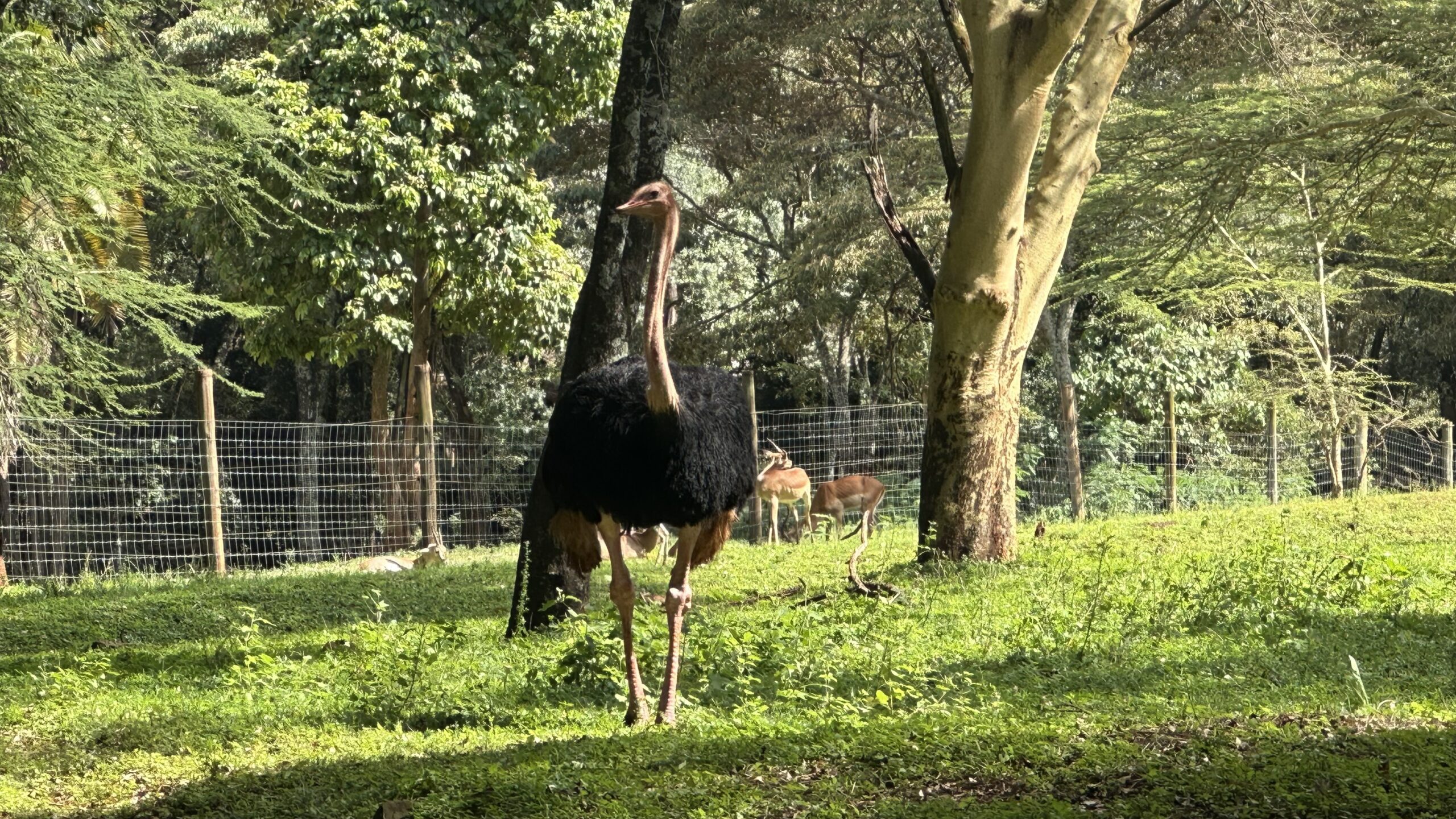
All of this sits right next to Nairobi National Park, the only national park in the world located within a major capital city. Where else can you go from skyscrapers to safari sightings in the same afternoon?
We may have missed the cultural performances at Bomas, but the Safari Walk was a win—calm, scenic, and packed with wildlife.
Ride-Home Talk with the Tour Guide
On the drive back to the hotel, we ended up having one of the most enlightening parts of the day – a deep, candid conversation with our tour guide.
Throughout the day, he’d dropped little insights here and there, but during the ride home, he really opened up about the culture, customs, and daily life in Kenya.
One of the first things he broke down was the difference between how wealth is viewed in the city versus in traditional Maasai communities. In Nairobi and other urban areas, your status is all about money—how much you have, what you drive, where you live. But in the Maasai villages, it’s all about cattle. Cows are not only seen as a sign of wealth, but also as symbols of pride, legacy, and the ability to provide.
That tied into his explanation of polygamy, which is still practiced in many rural areas. The rule? You can have as many wives as you want—so long as you can take care of them. It’s not about conquest or ego; it’s a practical system rooted in responsibility and resourcefulness.
He also gave us a fascinating breakdown of traditional housing in the villages, where homes are made from mud and cow dung. It might sound strange at first, but the mixture works as an all-natural form of insulation and even helps patch up rain damage when reapplied. Yes, there’s a smell at first, but once it dries, it’s not as strong—and in some cases, it’s considered just part of the home environment.
Another detail that stood out: Friday attire among Muslims in Kenya. We saw a lot of men wearing long sleeves and long pants despite the heat, and our guide explained it was because Friday is a holy day. Men are expected to attend midday prayers at the mosque, and dressing modestly is a sign of respect. It wasn’t a fashion choice—it was faith in action.
He also helped clear up a point of confusion I had about Nairobi National Park. I kept hearing “park” and wondering if it was like a typical city park with benches and trees. Turns out, it’s a full-on game reserve—with lions, giraffes, and more—all just minutes from downtown Nairobi.
And finally, one little observation I brought up was how few stop lights I’d seen during my time here—literally only one so far. Our guide laughed and explained that they’re not really a thing in most of Kenya because people wouldn’t follow them anyway. Instead, traffic flows based on a kind of unspoken rhythm—one that looks chaotic to outsiders but somehow works. Drivers, pedestrians, and even animals all just seem to find their way without the need for red or green lights.
All in all, it was another great day in Nairobi, and I’m looking forward to even more great activities tomorrow!
-Phil
